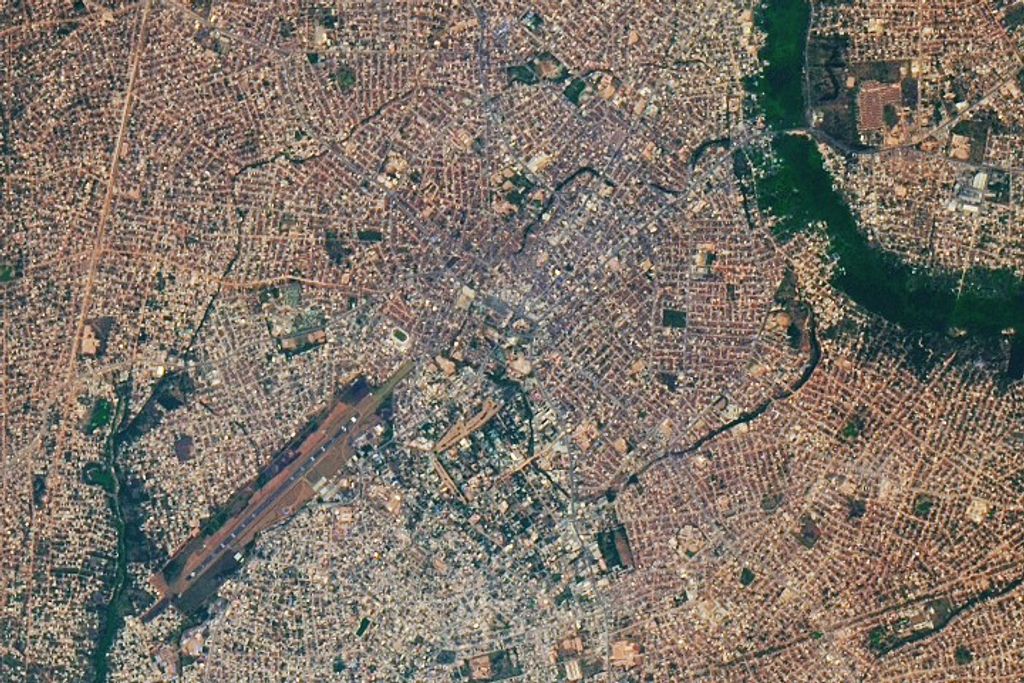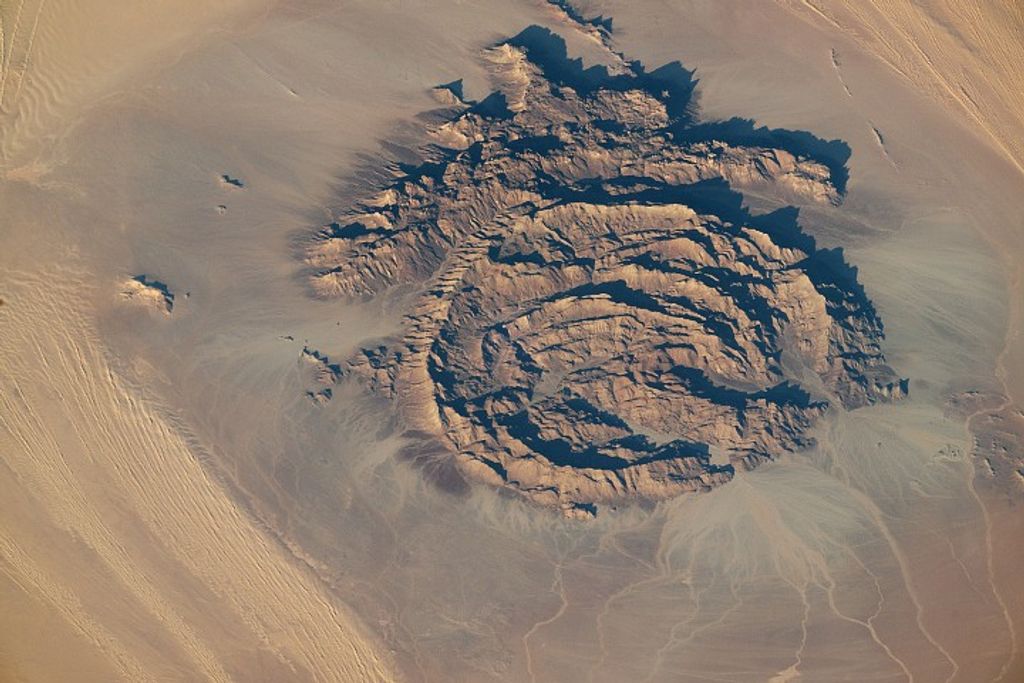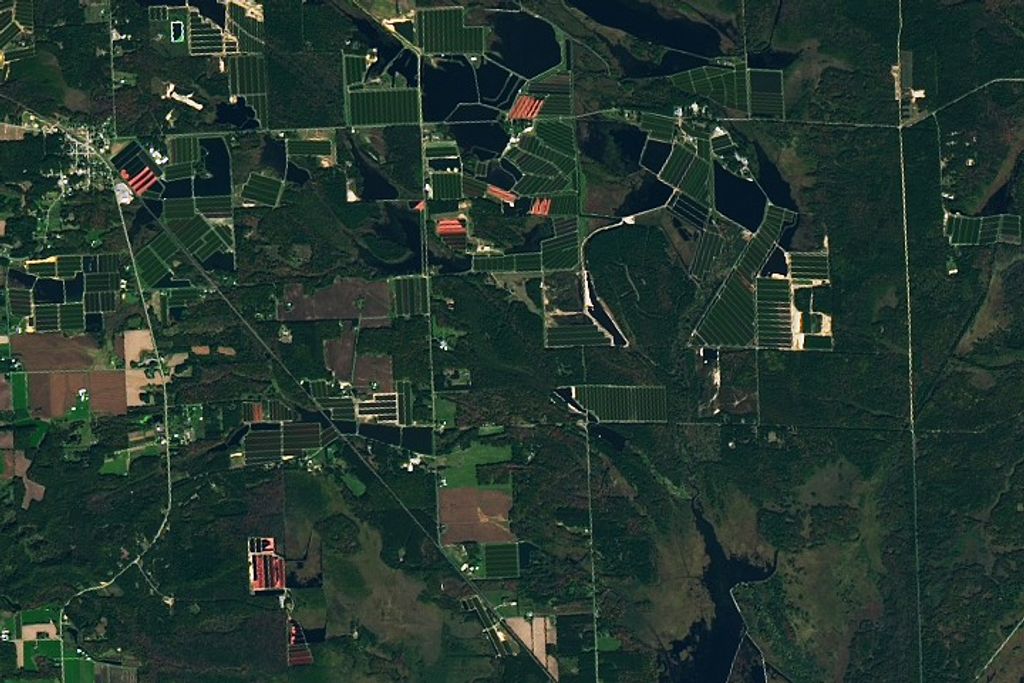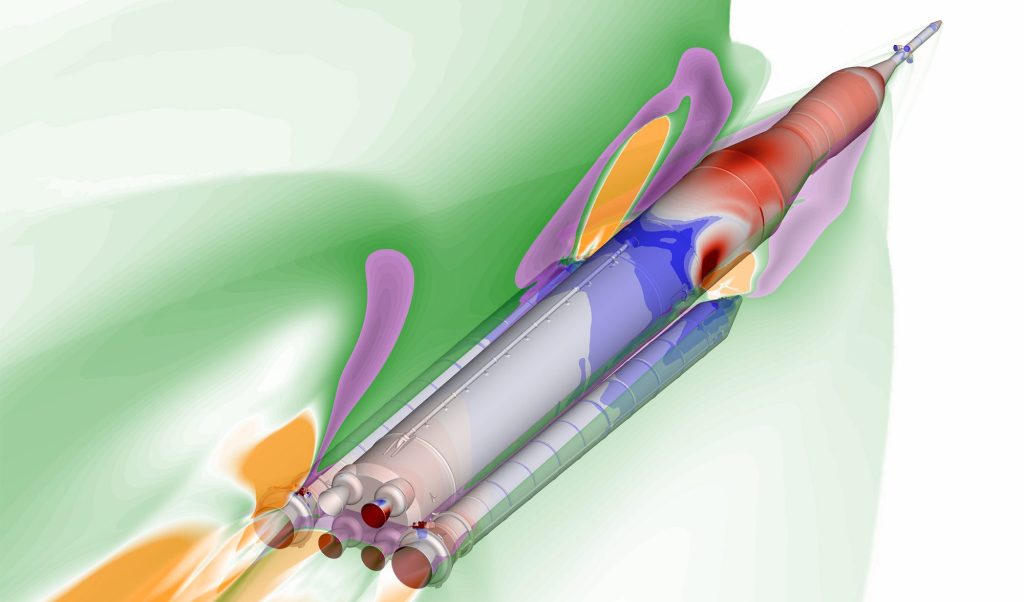Power to Explore Student Essay Challenge 2025 Trailer
| Credit | NASA/Future Engineers |
|---|---|
| Language |
|
The annual NASA writing challenge invites K-12th grade students in the United States to learn about Radioisotope Power Systems (RPS), a type of nuclear “battery” integral to many of NASA’s far-reaching space missions, and then dream up a totally new RPS-powered mission to any moon in our solar system.
Entries are judged in three grade-level categories: K-4, 5-8, and 9-12. Student entries are limited to 275 words and should address the mission's moon destination, mission goals, and also describe one of the student’s unique powers that will help the mission.
Visit https://nasa.gov/power-to-explore to learn more.
Transcript
Our moon is full of possibilities! That’s why, after 50 years, NASA is heading back to stay.
But with freezing temperatures, long lunar nights, and deep craters that never see sunlight, we could use a special kind of power to explore our moon.
Meet Radioisotope Power Systems.
RPS is like a nuclear battery, using heat to generate electricityfor years. It’s great for exploring our moon or far, far beyond. Like the nearly 300 other moons throughout our entire solar system!
RPS has powered missions near Jupiter’s moon Io, where over 400 active, fiery volcanoes were discovered. On Saturn’s dusty moon Titan, RPS will soon help us explore lakes, oceans, and rivers. And RPS was crucial for Pluto's moon Charon where it recently powered a mission
that discovered jagged mountains and huge canyons.
Now, NASA wants to know what moon you would explore. We're challenging K-12 students to dream up an RPS-powered mission to a dark, dusty, or far away moon. In your entry, share what you’d explore and how your unique skills will help achieve mission success.

























